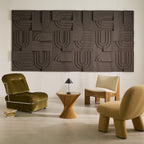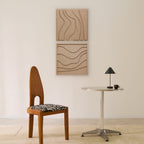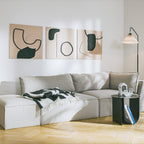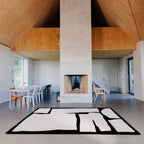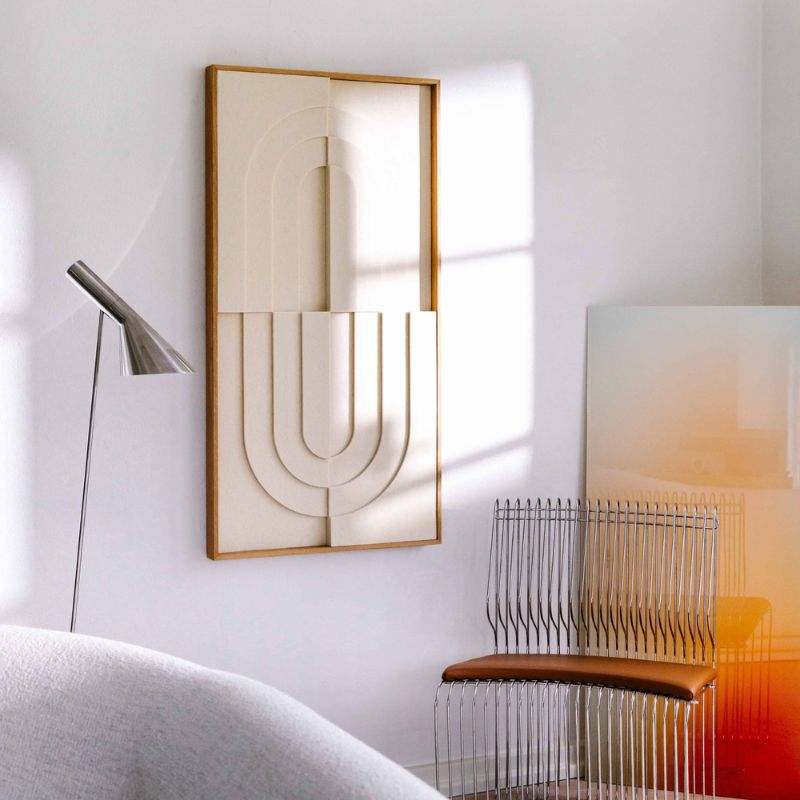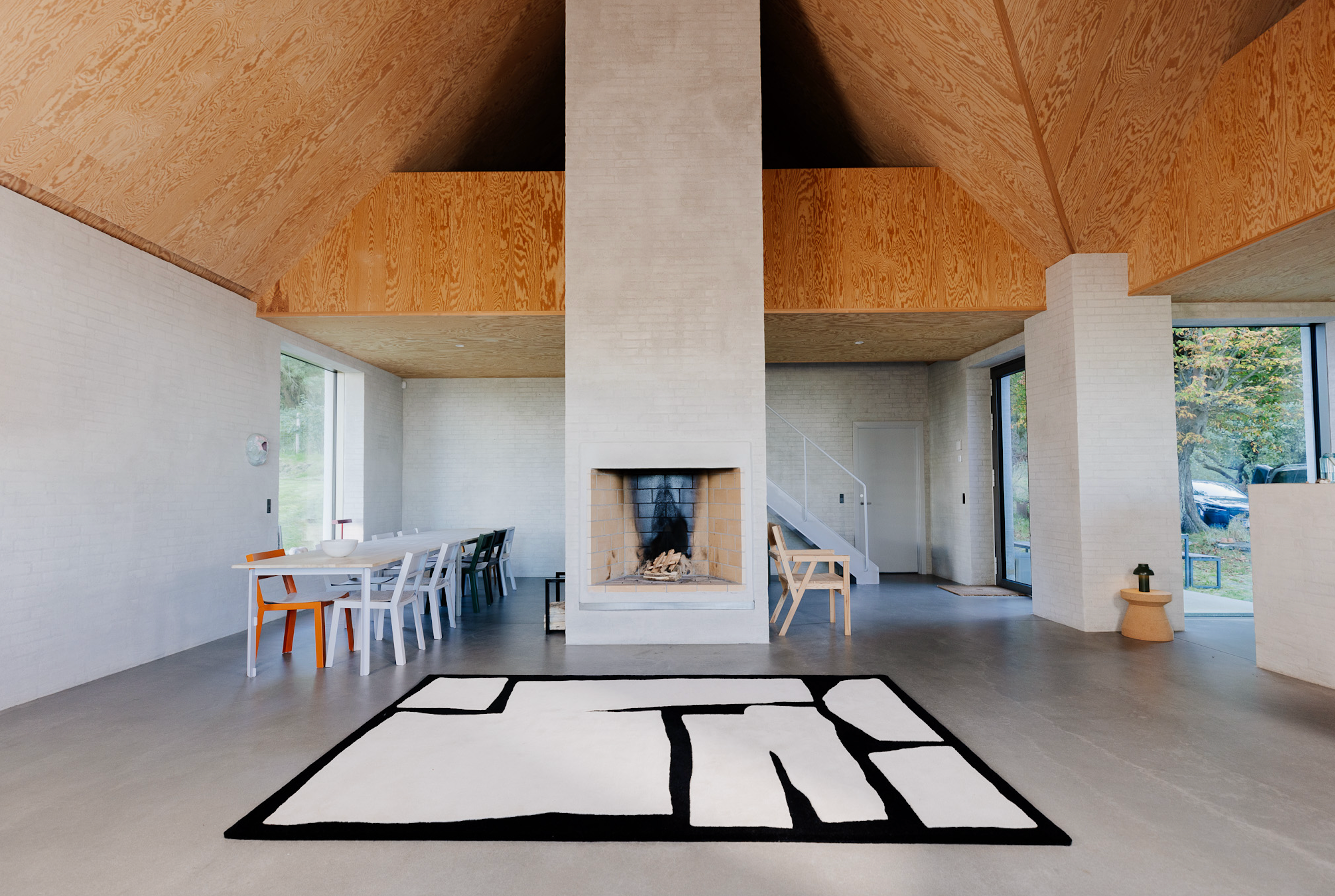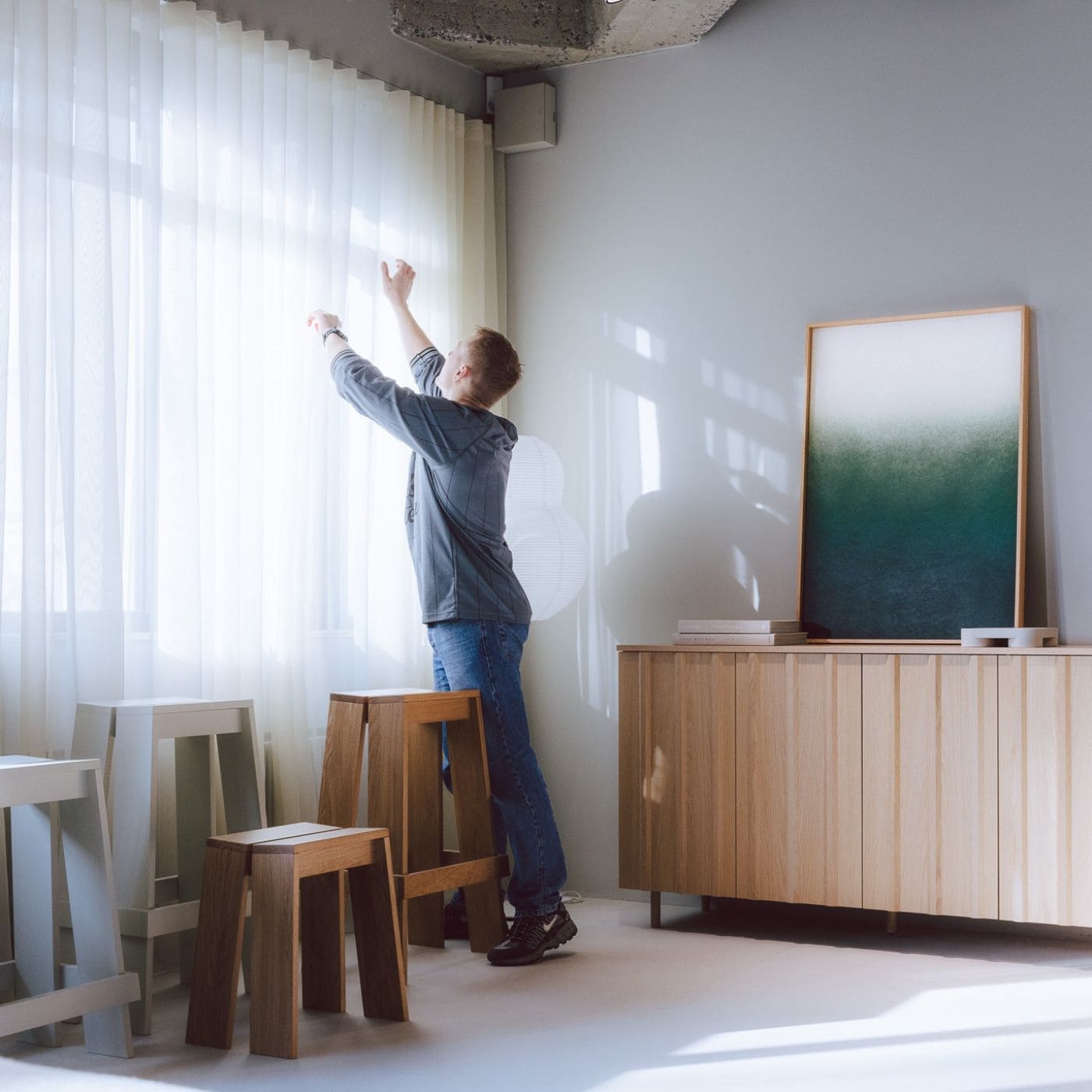
Why Acoustic Design Belongs in Every Home and Office
When we talk about great design, we often picture striking architecture, curated furniture, or carefully chosen lighting. But one key element is often overlooked: the sound of a space. Acoustic design is the missing layer that shapes how we experience comfort, concentration, and connection – whether we’re at home or at work.
Good sound isn’t a luxury; it’s essential. From softening echo in open-plan kitchens to reducing noise distractions in modern offices, acoustic design helps us create environments that feel calm, focused, and welcoming. It’s not just a technical discipline reserved for concert halls – it’s a design tool that enhances well-being in everyday life.
What is acoustic design and why does it matter in everyday life?
Acoustic design is the art and science of shaping how sound behaves in a room. It’s not just about removing noise — it’s about creating balance. By using specific materials, layouts, and surface treatments, acoustic design ensures that sound supports how a space is meant to be used.
Poor acoustics often go unnoticed but have real effects. Echo, sharp reverberation, or constant background noise can raise our stress levels, disrupt concentration, and increase fatigue. In home settings, this might mean strained conversations over dinner or a bedroom that feels restless. In offices, it can lead to reduced focus and miscommunication.
Sound impacts us on a biological level. Studies show that constant noise triggers the brain’s stress response and reduces cognitive performance. That’s why good acoustic design isn’t just aesthetic — it’s essential for mental clarity, communication, and emotional well-being. Discover how acoustics affect our brain to learn more about the science behind it.
From architecture to apartments – acoustic design fits every space
Acoustic design applies to more than just performance venues. Every space where people talk, think, rest, or collaborate deserves careful sound planning. In modern architecture — with its open layouts, glass walls, and bare floors — echoes and harsh reflections become a real challenge.
In homes, open kitchen-living spaces often amplify noise from conversations, cooking, and media, making it harder to relax. In coworking spaces and offices, the lack of sound control leads to distraction, stress, and decreased productivity. Good acoustic design adapts to the needs of the space: softening, absorbing, or diffusing sound where needed.
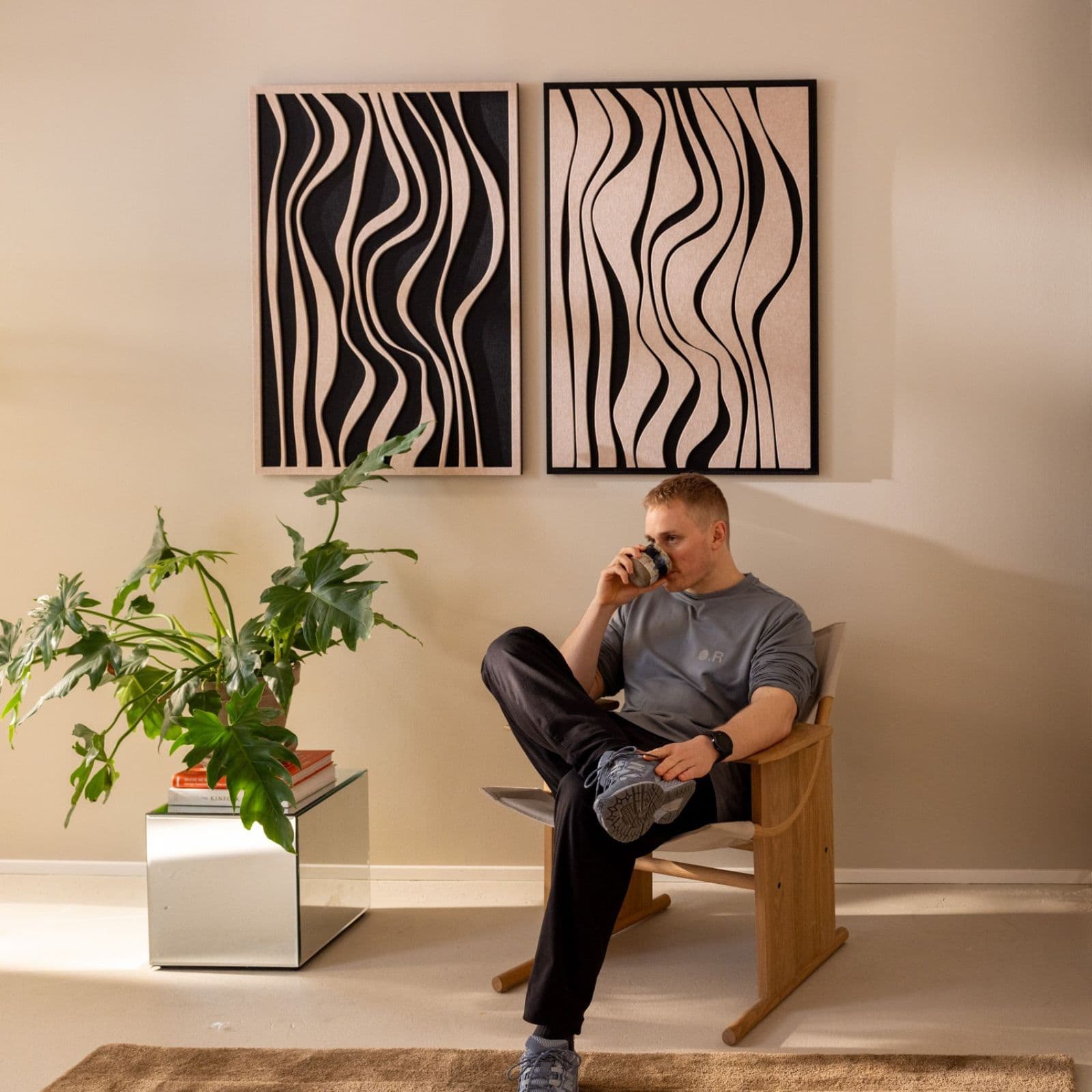
Wondering if your home might be part of the problem? These 7 signs of bad acoustics will help you spot common symptoms like echo, muddled speech, or fatigue from noisy environments.
Acoustic design panels in the home for peace, privacy, and presence
Modern homes with open-plan layouts, hard surfaces, and minimalist aesthetics often come with a hidden cost: poor sound quality. Materials like concrete, glass, and hardwood reflect up to 95% of incident sound waves, leading to excessive reverberation. When sound bounces unchecked, voices become sharp, background noise lingers, and rooms feel less restful.
Acoustic design panels reduce reverberation time — the time it takes for sound to decay by 60 decibels — to more comfortable levels. In residential spaces, ideal reverberation times fall between 0.3 and 0.6 seconds. When echo exceeds this, it creates cognitive fatigue and inhibits relaxed conversation.
Integrating acoustic design panels, rugs, and curtains can significantly lower reverberation and improve speech clarity. Wall-mounted solutions that double as acoustic wall art not only absorb sound but also enhance texture, color, and atmosphere.
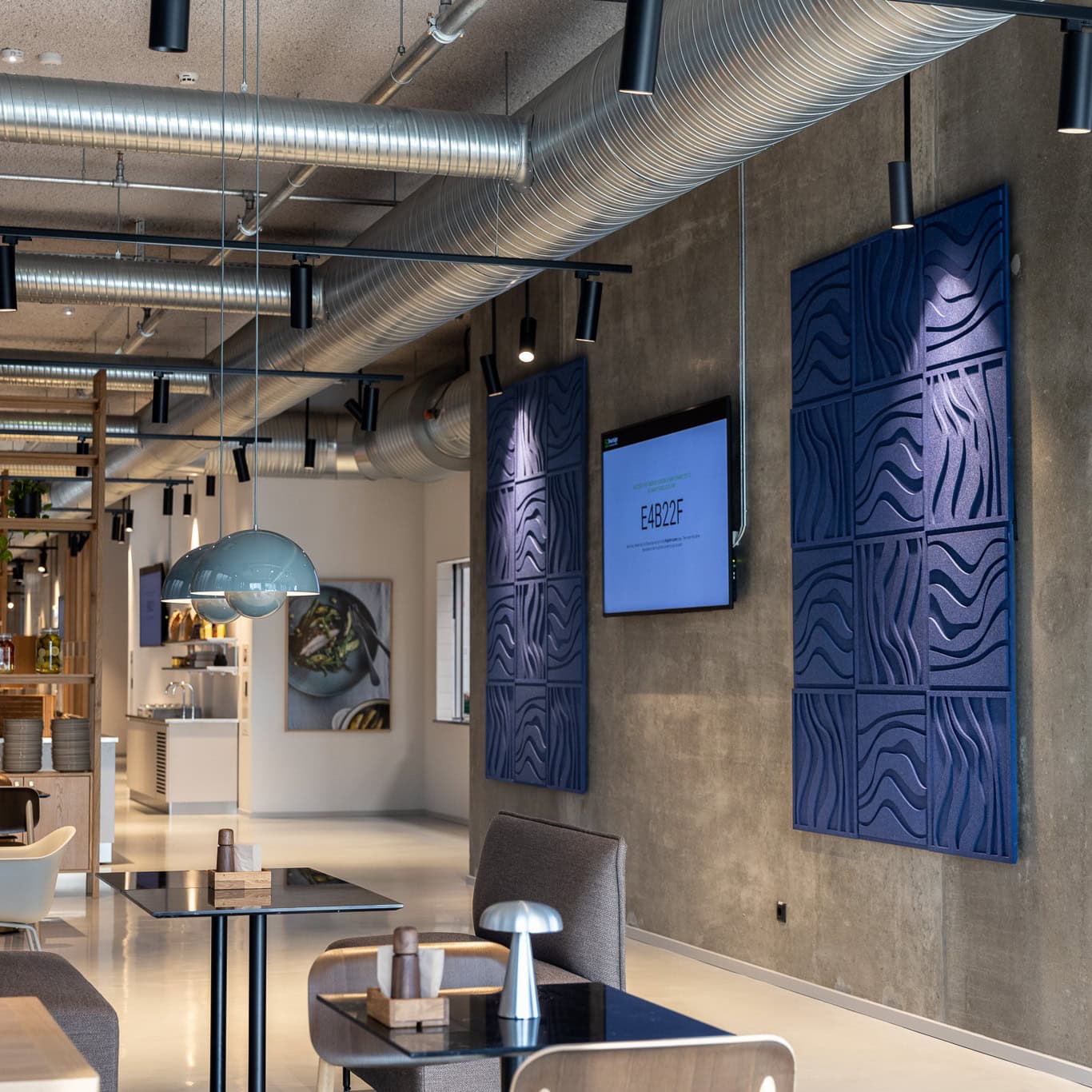
Acoustic design in the office is where focus starts with sound
In shared workspaces, poor acoustics don’t just affect comfort — they impact productivity. Studies show that office workers lose up to 86 minutes per day due to auditory distractions. Reverberation times above 0.6 seconds in offices make speech less intelligible, while elevated background noise (>45 dB) reduces memory retention and task performance.
Acoustic design panels help control these variables. Ceiling-mounted baffles reduce vertical reflection; partitions and wall panels limit horizontal sound travel. These elements don’t just block noise — they reshape it.
Well-designed offices aim for balanced acoustic zones: areas optimized for deep focus, casual conversation, or collaboration. When designed intentionally, sound becomes a silent ally — promoting well-being, clarity, and sustained concentration.
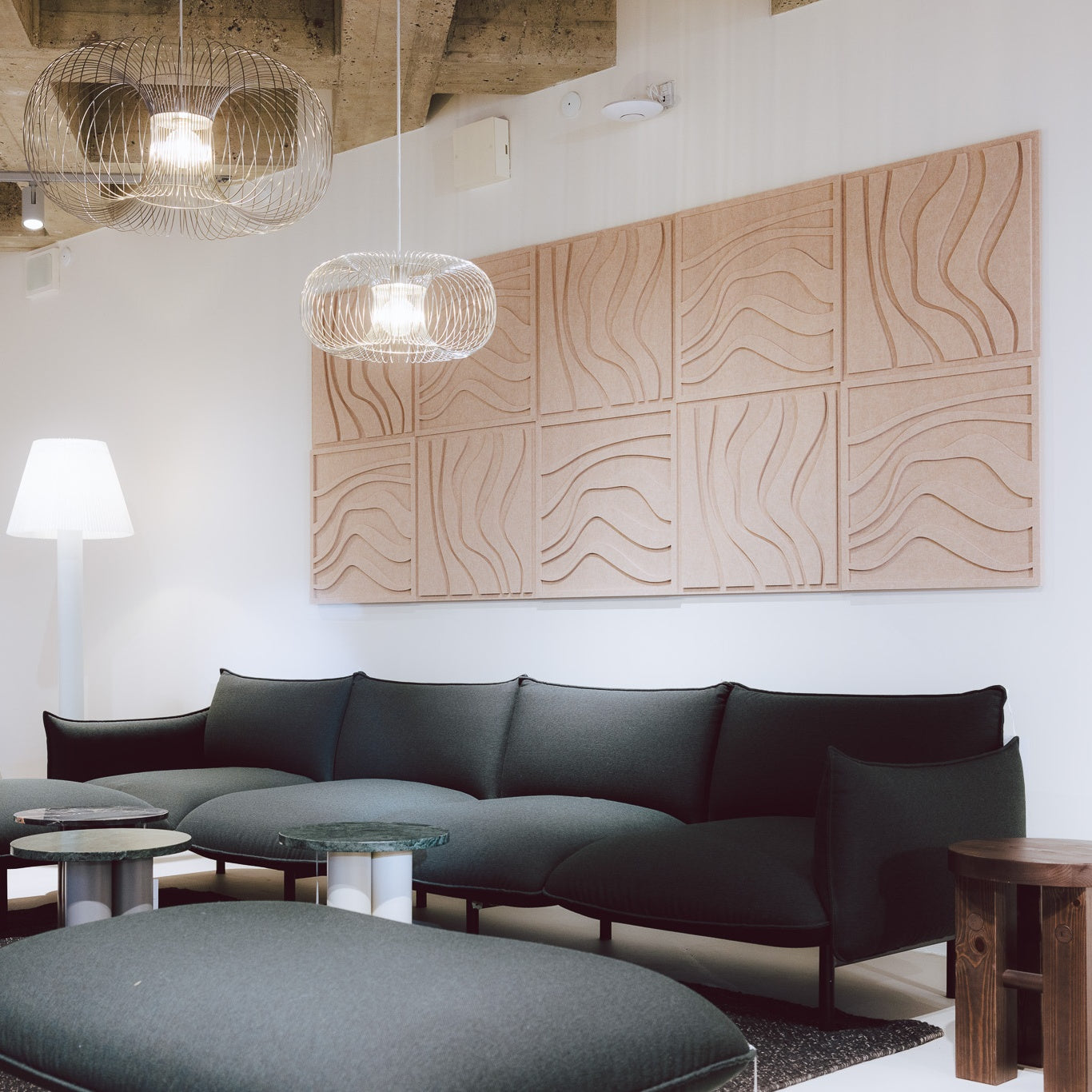
Scientific research on sandwich and microperforated panel structures highlights how absorption performance can be fine-tuned across frequencies. These studies demonstrate that by adjusting cavity depth, perforation diameter, or layer composition, engineers can shift absorption peaks and create materials that target specific noise problems.
Our PET panels, for example, are available in both 9 mm and 24 mm thicknesses. While the thinner version provides reliable absorption in the mid- and high-frequency ranges typical of office noise, the thicker variant achieves stronger performance across the lower speech and HVAC frequency bands. For architects and designers, this means NRC is not just a number, but it is a decision tool that must be interpreted in relation to the soundscape of each project.
In short, NRC matters because it bridges laboratory science and real-world acoustics, providing a simple rating that hides a complex balance of physics, materials, and design choices.
Acoustic decor lets your walls speak softly
Acoustic decor redefines how we think about noise control – not as an invisible add-on, but as an integral part of your design language. Where traditional soundproofing hides in ceilings or walls, acoustic decor celebrates texture, shape, and aesthetic impact.
Wall-mounted felt panels, sculptural acoustic art, and textile works with sound-absorbing cores can soften harsh acoustics while adding rhythm and warmth to your space. These elements work especially well in areas like entryways, bedrooms, or open-plan zones where echo tends to linger. Even rugs – often overlooked – play a powerful acoustic role by dampening footstep noise and absorbing low-frequency reverberation.
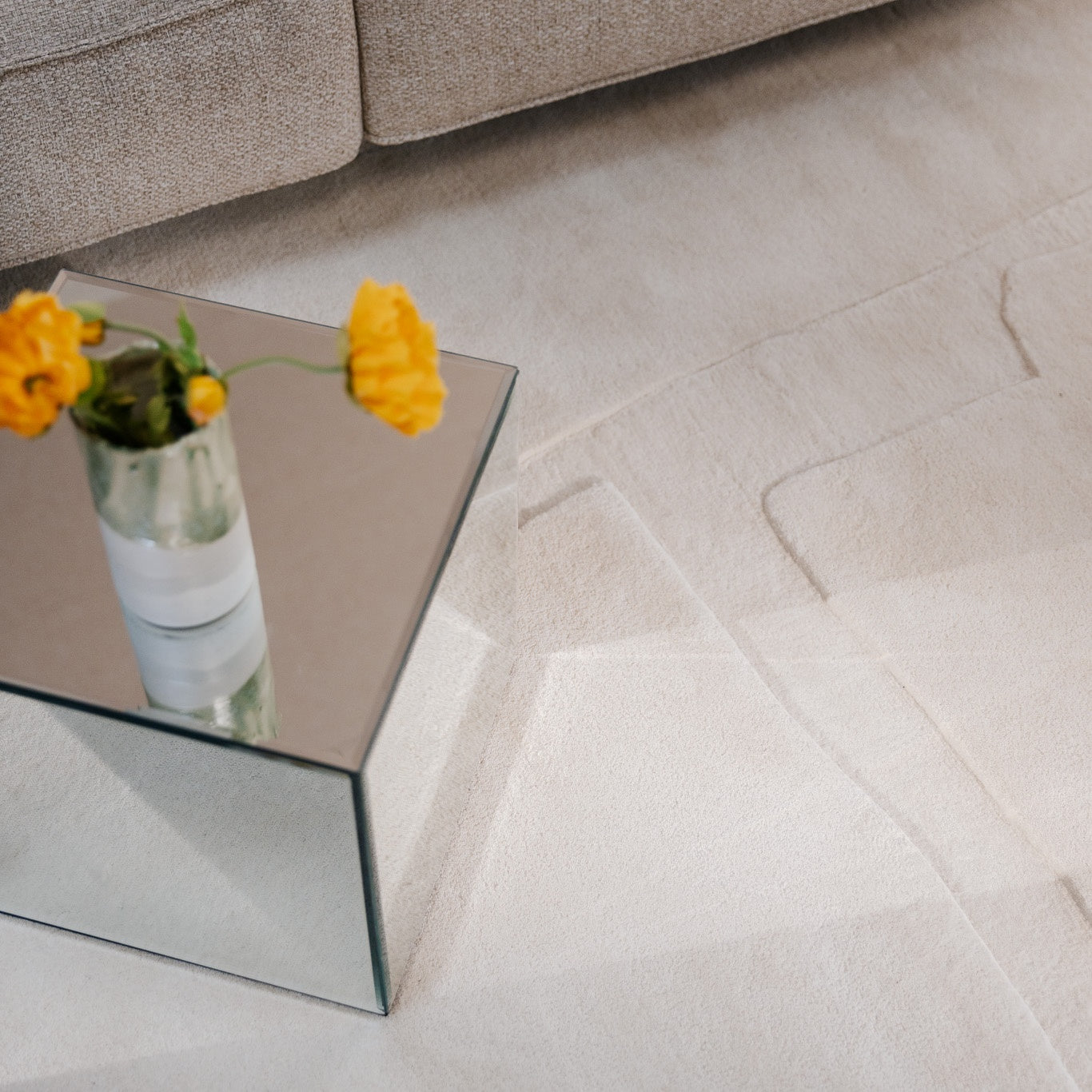
If you're looking for sound-absorbing pieces that also elevate your interior, explore our soundproofing rug collection or discover acoustic wall art that blends silence with style.
When your walls speak softly, your entire space listens.
How acoustic design reduces noise and enhances well-being
Good acoustics are more than an architectural feature – they’re something we feel in our bodies. Spaces with balanced sound environments create a sense of calm, clarity, and control. Rooms no longer feel overwhelming. Conversations become easier. Thoughts become sharper.
This isn’t just about reducing decibels – it’s about supporting your nervous system. Studies in environmental psychology show that noise pollution can elevate cortisol levels, impair memory, and reduce our ability to concentrate or recover from stress. When reverberation is too high, the brain works harder to filter out irrelevant sounds, leading to fatigue even in your own home.
Acoustic design creates the opposite effect. By softening harsh reflections and shortening reverberation time, acoustic design panels reduce the cognitive load of listening. That gives the brain room to rest, focus, and feel grounded – whether you're enjoying a quiet morning or working through a deadline.
Learn more about the science in our deep dives on reverberation and how soundproofing panels work.
Practical acoustic design – simple changes with big impact
Improving acoustics doesn’t require a full renovation. It starts with the materials you use and the way you shape your space. Understanding how acoustic elements work can help you make small, effective upgrades – especially when form and function go hand in hand.
Absorption starts with softness - Textiles like curtains, rugs, and upholstered furniture absorb sound by trapping energy in their fibers. The thicker and denser the material, the more effective it is. Layered window treatments and high-pile rugs can significantly reduce echo – especially in rooms with hard flooring.
- Wall-mounted acoustic panel design adds depth and silence - High-quality acoustic panels are made from materials with a high Noise Reduction Coefficient (NRC), often above 0.8 – meaning they absorb 80% or more of incident sound. The shape, placement, and surface finish matter too. Panels with porous cores and textured surfaces scatter and absorb sound more effectively.
- Strategic layout diffuses noise naturally - Bookshelves, open storage, and partitions break up sound paths and limit reverberation. By creating zones within a room, you also reduce how far voices or impact sounds can travel.
- Ceilings and corners shouldn’t be forgotten - These areas are hotspots for reflection and standing waves. Installing ceiling baffles or corner-mounted panels can eliminate sharp echoes and balance the acoustic profile of your space.
Great acoustic design starts with knowledge, not demolition. The more intentional your choices, the more rewarding your room will sound – and feel.
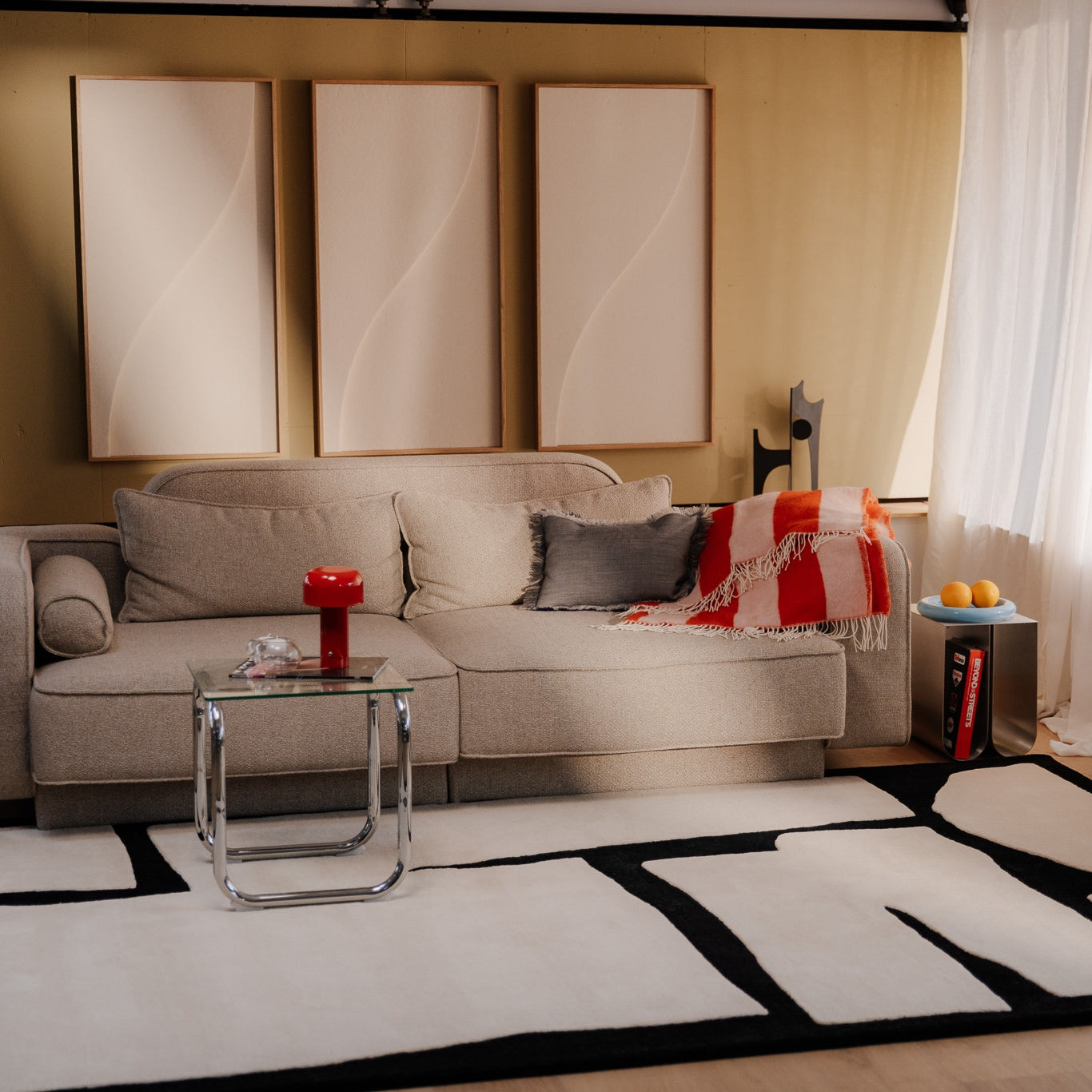
Acoustic design for the eyes, ears, and mind
When a room sounds right, it feels right. That’s the essence of acoustic design: not just eliminating noise, but crafting spaces that support focus, calm, and connection.
At Arturel, we believe design should serve all your senses. That’s why we create acoustic solutions that elevate both form and function. From sculptural acoustic panel design to soft, grounding textures that complete the room.
Explore our collections to find the perfect balance of beauty and sound.
Frequently asked questions about Acoustic Design
What is acoustic design and why is it important?
Acoustic design is the practice of shaping how sound behaves in a space to improve comfort, communication, and well-being. In both homes and offices, good acoustic design reduces noise, enhances focus, and creates a more pleasant atmosphere.
How does acoustic design apply to architecture and different types of buildings?
Acoustic design is relevant across all building types. In homes, it supports peace and privacy. In offices, it improves concentration and collaboration. In restaurants and cultural venues, it enhances the experience by reducing echo and controlling noise levels. Each context requires tailored acoustic solutions.
How exactly can acoustic design help in reducing unwanted noise?
Acoustic design uses principles like absorption, diffusion, and strategic panel placement to manage sound reflections. Materials such as textile panels, rugs, and wall-mounted absorbers reduce reverberation and prevent sound from bouncing between hard surfaces.
What is the difference between acoustic design and sound design?
Acoustic design focuses on how physical spaces handle sound. It’s about room acoustics and noise control. Sound design, by contrast, is the creative process of designing audio content for media like film, music, and games.
Blog posts
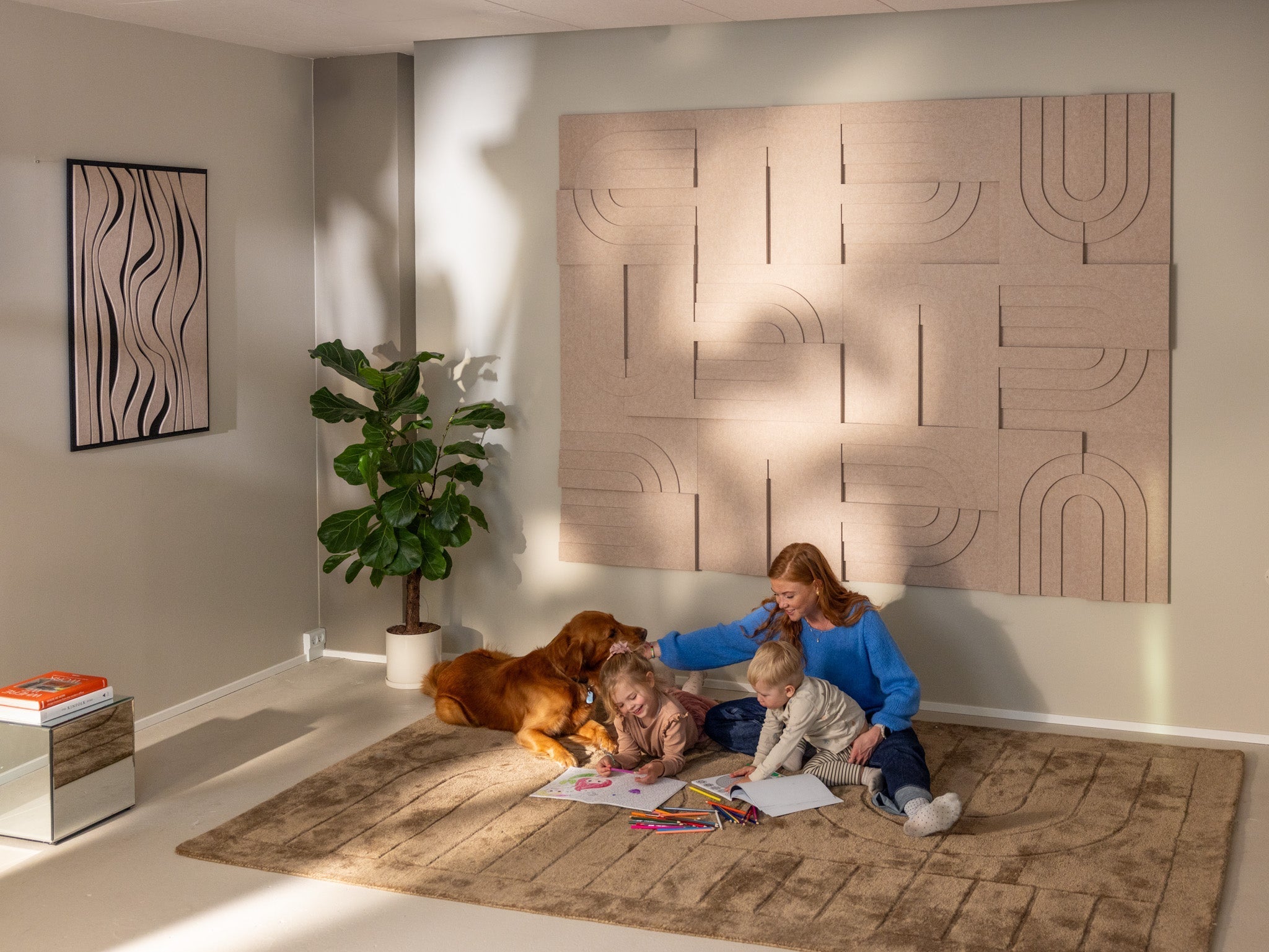
The science of acoustic panels explained
The science of acoustic panels explained
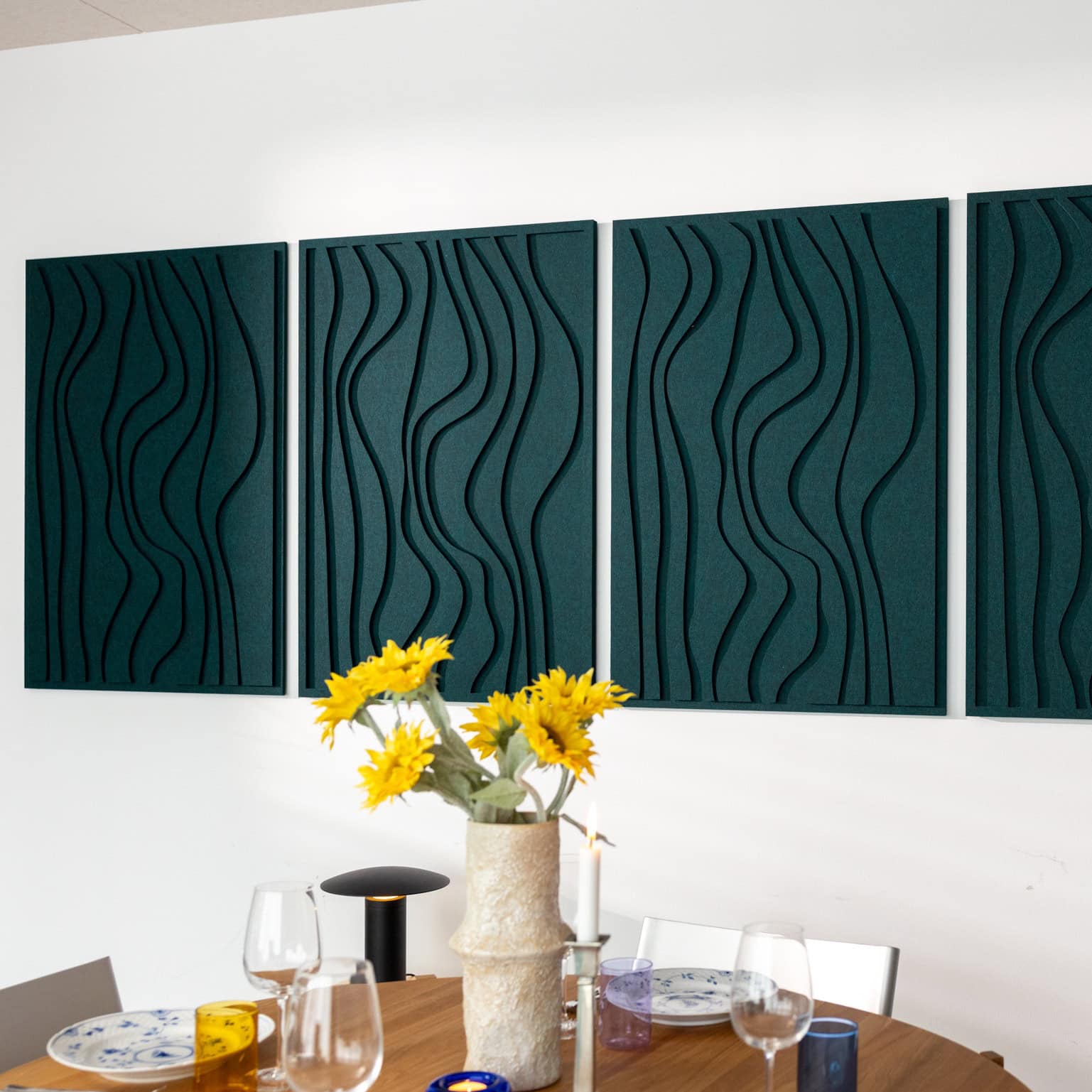
5 Places to Use Decorative Sound Panels (That Aren’t Just Studios)
5 Places to Use Decorative Sound Panels (That Aren’t Just Studios)



